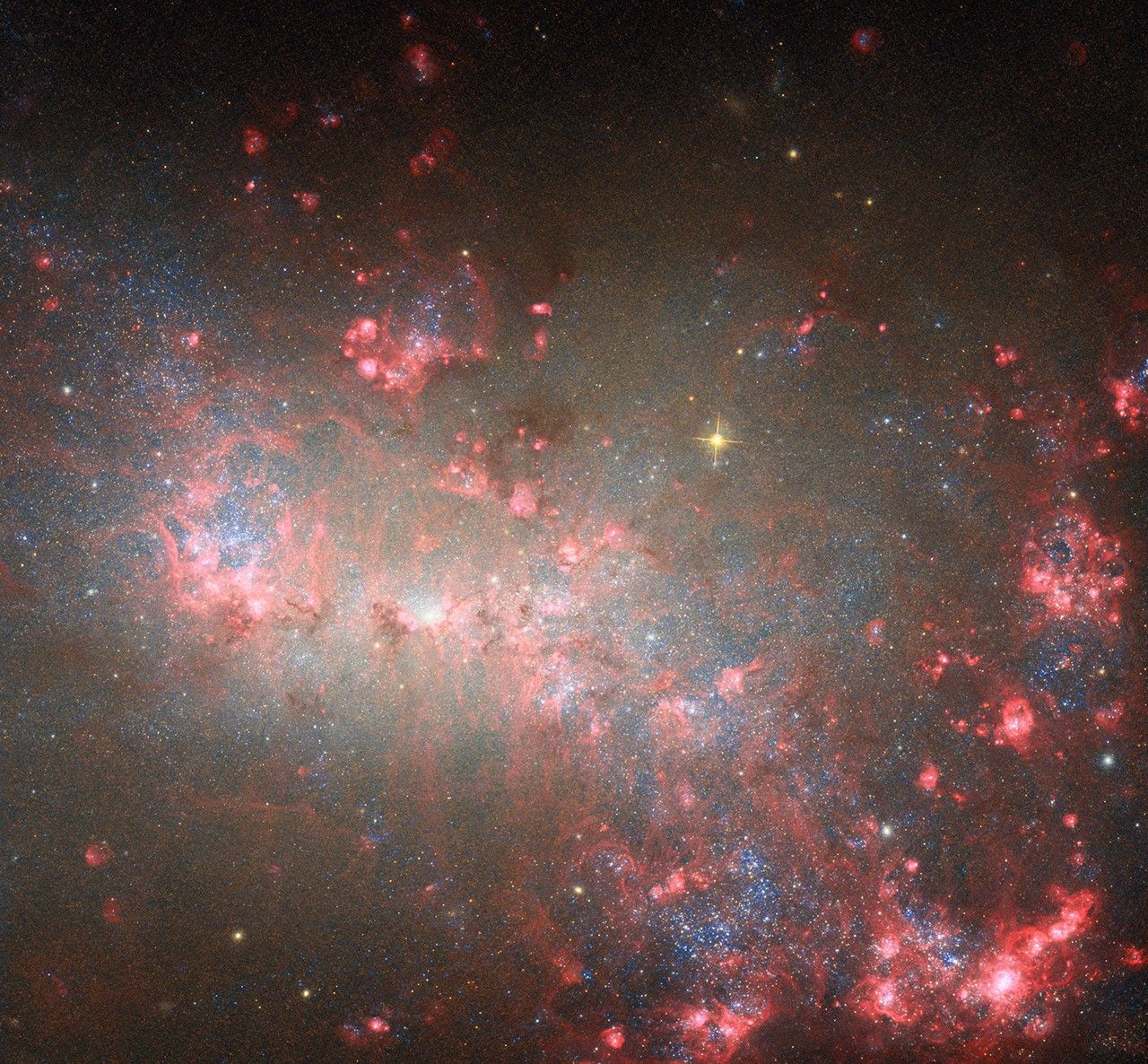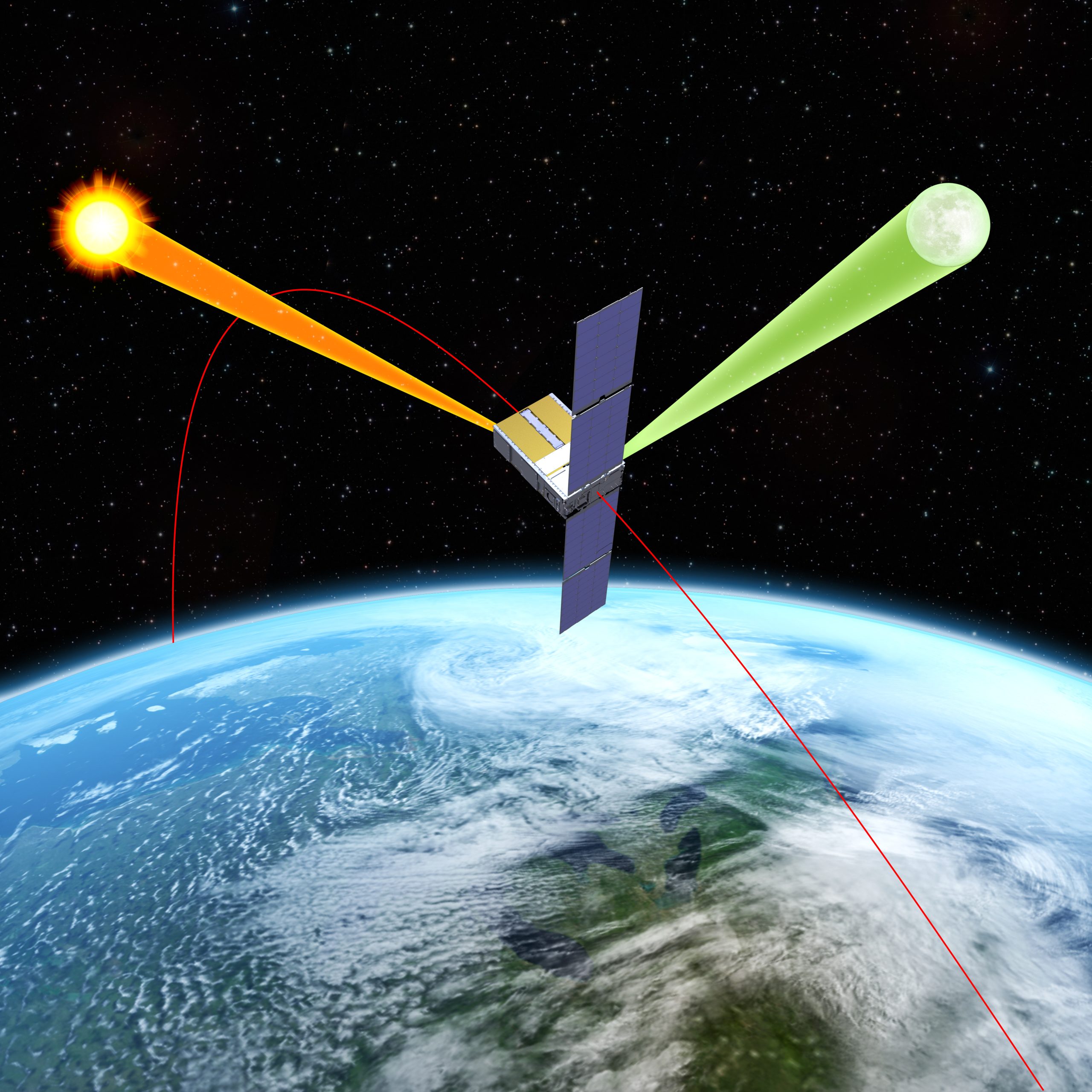Now Reading: Hubble Explores Power of Small Galaxy
-
01
Hubble Explores Power of Small Galaxy
Hubble Explores Power of Small Galaxy

Quick Summary
- NASA/ESA’s Hubble Space Telescope has released a new image of the dwarf galaxy NGC 4449 located in the constellation Canes Venatici, approximately 12.5 million light-years away.
- NGC 4449 belongs to the M94 galaxy group near the Local Group containing the Milky Way.
- It is classified as a starburst galaxy due to its rapid star formation occurring throughout, not just at its center. Researchers attribute this global star activity to interactions with neighboring galaxies.
- The new image incorporates additional wavelengths collected by Hubble for observing programs that investigate star formation history and map massive stars in nearby galaxies.
- The James Webb Space Telescope supplements observations by revealing intricate details of dust and glowing gas illuminated by young stars in NGC 4449.
Indian Opinion Analysis
The detailed study of galaxies like NGC 4449 holds significance for India’s expanding role in space exploration and astrophysics research under organizations such as ISRO and academic institutions like IIA (Indian Institute of Astrophysics). Insights into galaxy interactions and stellar formation processes contribute universally to understanding cosmic evolution, enabling collaborations with global agencies like NASA or ESA on similar projects involving refined observatories or instruments.
Additionally, examining small but highly active dwarf galaxies might inspire Indian scientists working on upcoming missions tied to advanced optical imaging or proposed deep-space telescopes-possibly enhancing India’s capabilities in observational astrophysics.

























